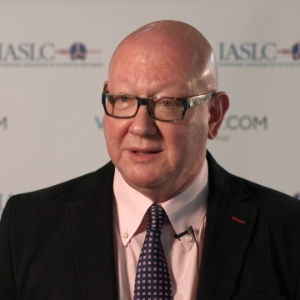Exfoliation techniques are essential in dermatology and cosmetology for maintaining healthy, radiant skin. These methods involve removing dead skin cells from the surface, promoting cell turnover, and enhancing skin texture. There are two primary types: mechanical and chemical exfoliation.
Mechanical exfoliation utilizes physical tools, like scrubs or brushes, to slough off dead cells, while chemical exfoliation employs acids (like AHAs and BHAs) to dissolve the bonds between skin cells. Regular exfoliation helps reduce the appearance of fine lines, acne, and hyperpigmentation, allowing for better absorption of skincare products.
It’s crucial to choose the right method based on skin type; sensitive skin may benefit from gentler, chemical exfoliants, whereas oily skin might tolerate stronger mechanical options. Incorporating exfoliation into a skincare routine can lead to a brighter, smoother complexion and improved overall skin health.

Irina Sergeeva
Novosibirsk State University, Russian Federation
Dave Ray
Dave Ray Enterprises., United States
George Sulamanidze
Plastic Surgeon at Clinic of Plastic and Aesthetic Surgery and Cosmetology TOTALCharm, Georgia
Sergei A Grando
University of California Irvine, United States
Nino Tsamalaidze
Ltd Karabadini+, Georgia
Lina Petrossian
California University of Science and Medicine, United States
Surajbala Khuraijam
Manipur Health Services, India
Shrutimita Pokhariyal
Symbio, India
Yasser Mohammed Hassanain Elsayed
Egyptian Ministry of Health, Egypt



Title : Paraneoplastic Autoimmune Multiorgan Syndrome or PAMS: Paraneoplastic pemphigus revisited
Sergei A Grando, University of California Irvine, United States
Title : Modern non-invasive methods for in vivo assessment of skin
Georgios N Stamatas, SGS, France
Title : Personalized and precision dermatology through the view of biodesign-inspired translational & data-driven applications: Revolutionary skin treatments for every concern in clinical dermatology integrating skin care experts and consumers
Sergey Suchkov, N.D. Zelinskii Institute for Organic Chemistry of the Russian Academy of Sciences, Russian Federation
Title : The next generation of threads: Lifting, volumization, and biostimulation in one powerful triple action
George Sulamanidze, Plastic Surgeon at Clinic of Plastic and Aesthetic Surgery and Cosmetology TOTALCharm, Georgia
Title : Lymphoproliferative diseases in the practice of a dermatologist
Irina Sergeeva, Novosibirsk State University, Russian Federation
Title : Comparative efficacy of omalizumab and dupilumab in children with Chronic Spontaneous Urticaria (CSU): A retrospective cohort analysis
Molynna Nguyen, University of Toledo, United States
Title : "Mirror mirror on the skin” — A low-cost community strategy to reduce melanoma disparities in Washington, D.C.
Kayla Sampson, Georgetown University School of Medicine, United States
Title : Vitiligo: Not just an aesthetic disorder
Mateja Starbek Zorko, University Medical centre Ljubljana, Slovenia
Title : Personalized and Precision Medicine as a unique avenue to have the healthcare model renewed to secure the national biosafety: Advanced skincare solutions in individualized cosmetology, reconstructive plastic surgery and the modern beauty
Sergey Suchkov, N.D. Zelinskii Institute for Organic Chemistry of the Russian Academy of Sciences, Russian Federation
Title : Efficacy and safety of CE ferulic and resveratrol serums after fractional CO? laser: A split-face controlled trial
Yu Shi, Shanghai Skin Disease Hospital, China